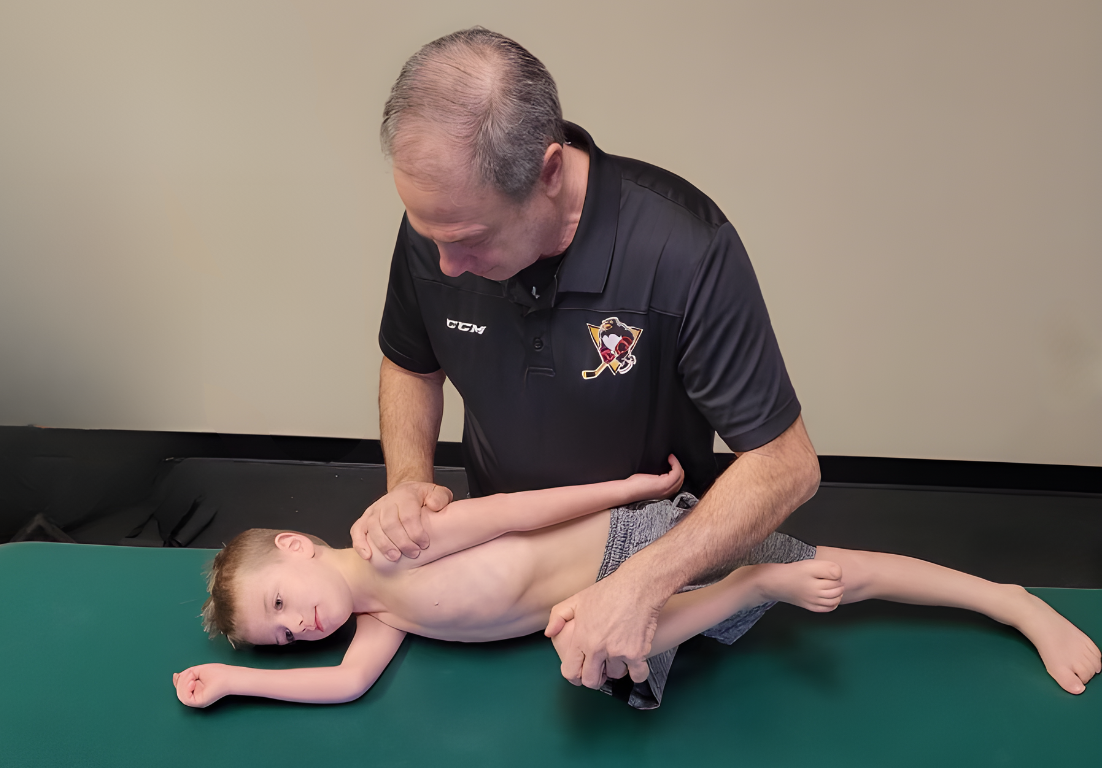Understanding Vojta Therapy: The Diagnostic and Therapeutic Approach by Dr. Vaclav Vojta
Dr. Vaclav Vojta developed the diagnostic and therapeutic approach called "Reflex Locomotion According to Vojta" or "Vojta Therapy". Dr. Vojta, a Czech pediatric neurologist was initially tasked, in the late 1940’s early 1950’s, with the evaluation and treatment of children with Infantile Cerebral Palsy.
During his work he started to identify movement characteristics allowing him to map out certain patterns, later referred to as Roll and Creep. Eventually he was tasked with identifying and treating children at risk for Cerebral Palsy. The ability to identify movement patterns enabled him to develop an approach to idealize their deficits. He discovered that by placing children in specific positions and stimulating certain trigger zones, he could evoke a reflexive movement response that improved their tone, movement, stability, and postural control.
By the 1980’s, Dr. Vojta realized these same movement patterns were present in children and adults. He also determined that the same stimulation zones and starting positions could be applied to children and adults with both neurological and orthopedic complaints or deficits. This determination led to the hypothesis that the movement patterns that allow an infant to free walk within 18 months persisted in the nervous system throughout the whole of life. Dr. Vojta theorized these movements and patterns are innate and can be stimulated, or retrieved at all ages of life. It is through the application of Vojta therapy/Reflex Locomotion, that these patterns are retrieved and restored to idealize movement, stability, tone, and postural control
Current research supports many of the ideas and observations made by Dr. Vojta. Functional MRIs, EMG studies, MSK ultrasound studies, and diffuser tension imaging all demonstrate his observations. These research observations demonstrate improved thickness of the abdominal musculature, improved neurological pathway activations, and increased brain activity in both movement and postural control centers.

